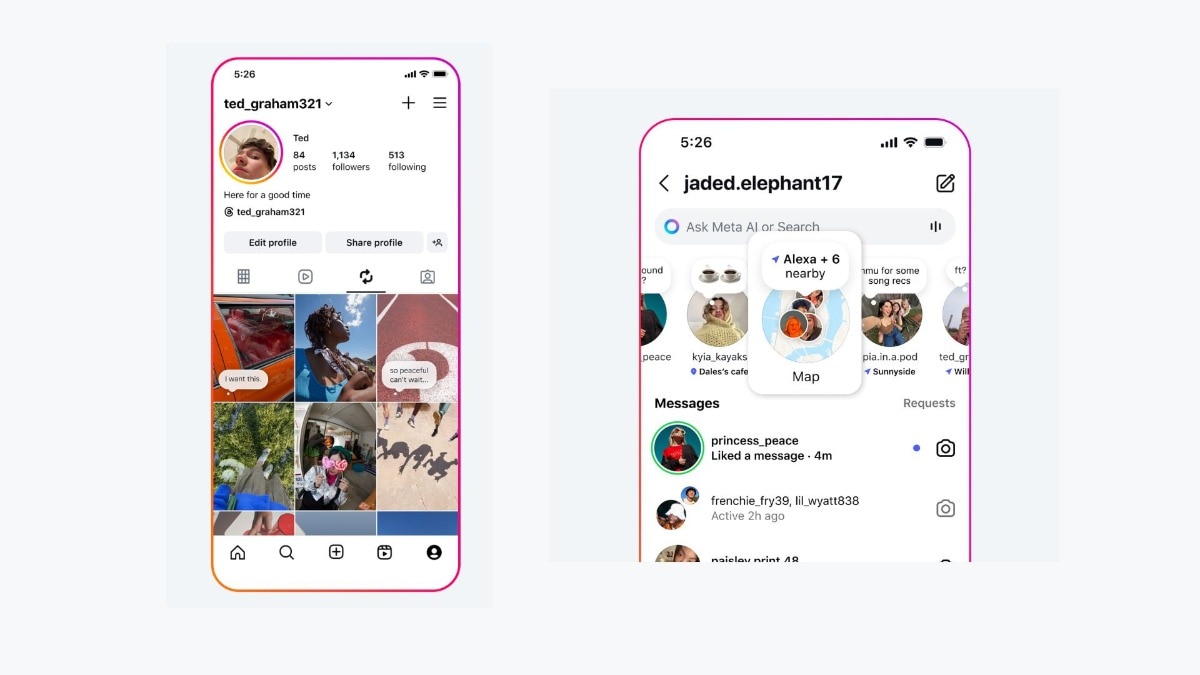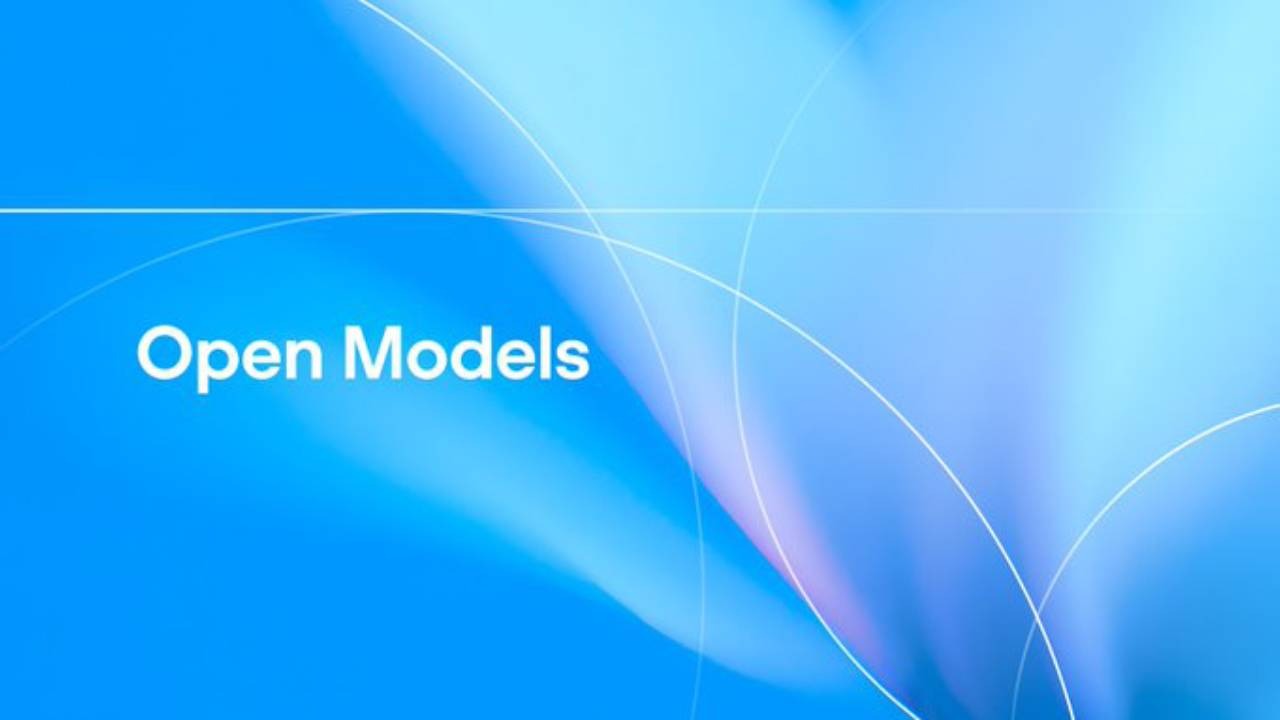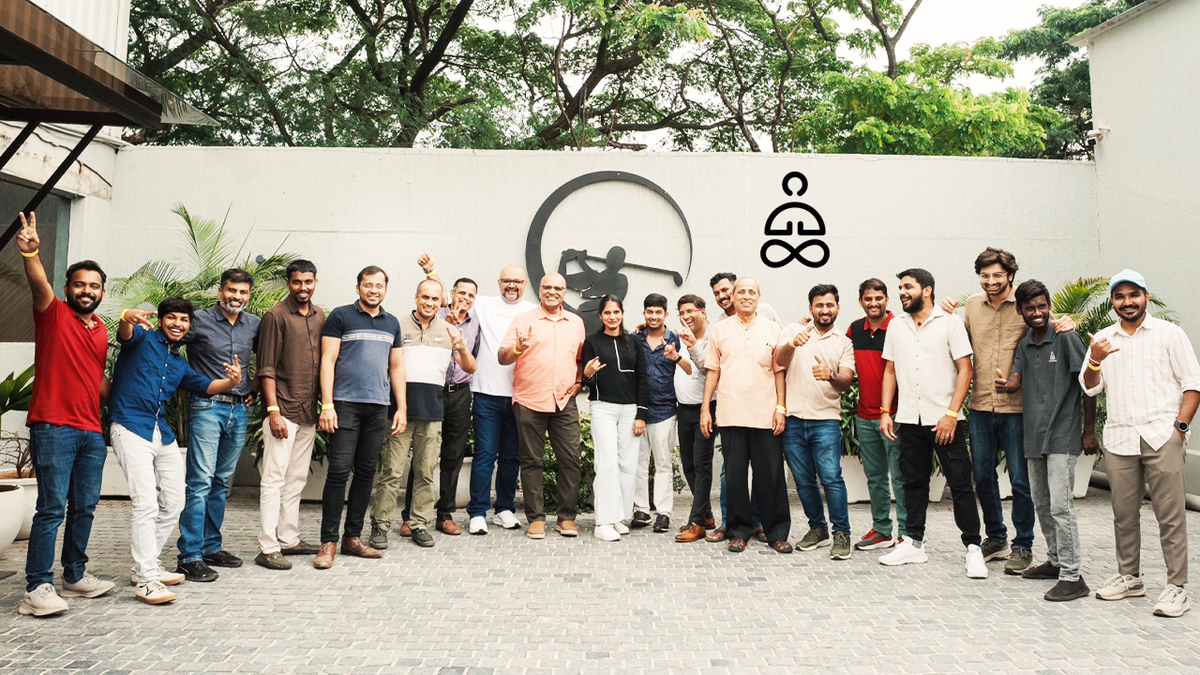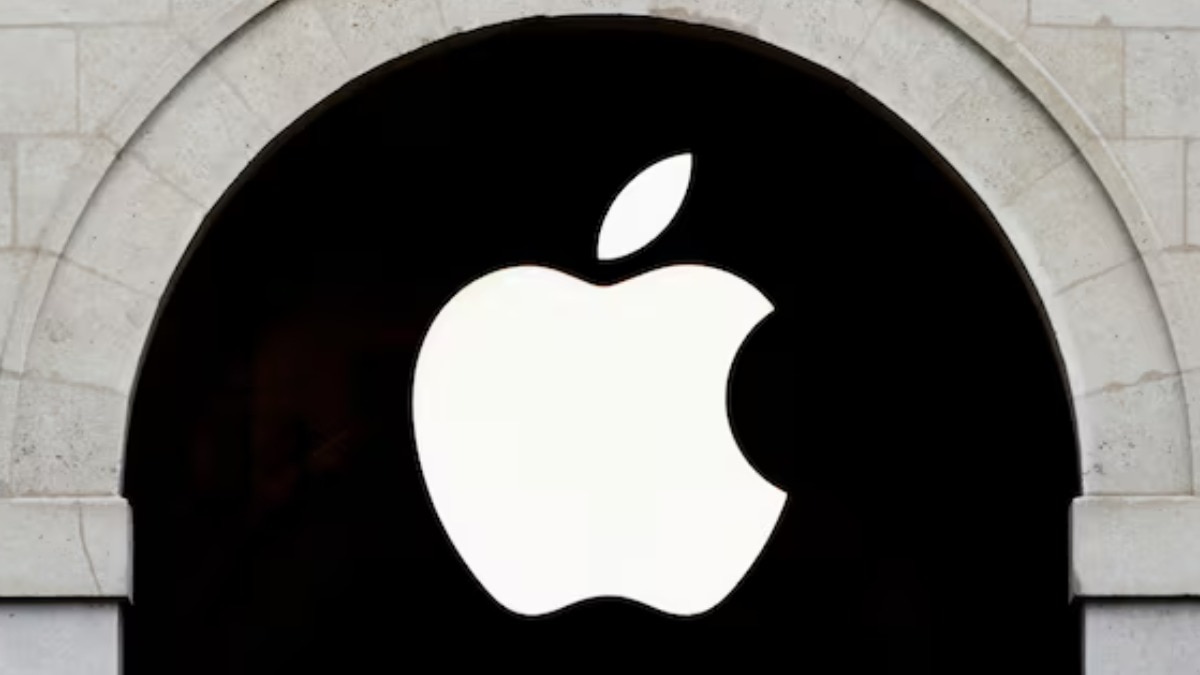India’s Smartphone Market Growth in 2025
India’s smartphone market has seen an impressive 8% year-on-year growth in the second quarter of 2025, driven by a rising demand for cost-effective 5G devices and increased sales in the premium smartphone category, as reported in the latest India Mobile Handset Market Review by CyberMedia Research (CMR).
Surge in 5G Smartphone Shipments
5G smartphones constituted 87% of all shipments during this quarter, marking a significant 20% increase from the previous year. Notably, devices priced between ₹8,000 and ₹10,000 witnessed a remarkable 600% growth, reflecting an aggressive consumer interest in affordable 5G options.
Market Leaders: Vivo, Samsung, and Oppo
Vivo secured its position at the forefront of the smartphone market with a 19% share, followed closely by Samsung at 16% and Oppo at 13.4%. Vivo also led the 5G smartphone segment, with its popular models, including the Vivo T4X and Y39, contributing to nearly half of its 5G deliveries.
Samsung maintained its position in second place, primarily due to a staggering 90% increase in its ultra-premium smartphone sales. Meanwhile, Oppo experienced a 42% year-on-year growth, supported by an updated product lineup featuring the A3X and F29 series.
Pioneers in the Super-Premium Segment
The super-premium segment, which includes devices priced above ₹50,000, expanded by 35% year-on-year, propelled by strong sales from Apple and Samsung. Apple enjoyed a remarkable 54% increase in market share in this category, with the iPhone 16e being a significant contributor to its growth. Overall, Apple held a market share of 7%.
In contrast, OnePlus experienced a 21% decline in the premium segment, despite substantial contributions from its Nord series.
Affordable 5G Changes the Landscape
Xiaomi and Realme have played crucial roles in facilitating the acceptance of affordable 5G technology. Xiaomi, however, faced a substantial 25% decline in overall shipments, marking the highest drop among the top five brands.
Emerging as notable contenders, Motorola achieved an impressive 81% year-on-year increase, attributed to stronger market positioning and enhanced retail presence. Nothing reported a remarkable 190% growth from a smaller base, significantly boosted by the launch of the CMF Phone 2 Pro.
Decline of Feature Phones
The feature phone market continued its downward trajectory, decreasing by 18% year-on-year. The 2G feature phones experienced a 15% drop, while 4G feature phones fell by 31%. Itel remained the leader in this segment despite a 27% decline in shipments, whereas Lava marked its territory with a 17% growth.
Chipset Market Dynamics: MediaTek vs Qualcomm
MediaTek retained its dominance in the overall chipset market with a 46% share, while Qualcomm led the premium segment (devices above ₹25,000), capturing a 35% share.
Looking Ahead: Anticipation for Festive Season
CMR predicts modest single-digit growth for the Indian smartphone market in calendar year 2025. The forthcoming festive season coupled with a series of new flagship launches is anticipated to spark consumer interest.
Analyst Pankaj Jadli noted that while there is a growing awareness of AI-driven features, they still play a minor role in influencing purchase decisions, with consumers typically prioritising fundamental smartphone features such as battery lifespan, camera capabilities, and overall performance.









